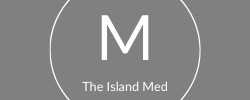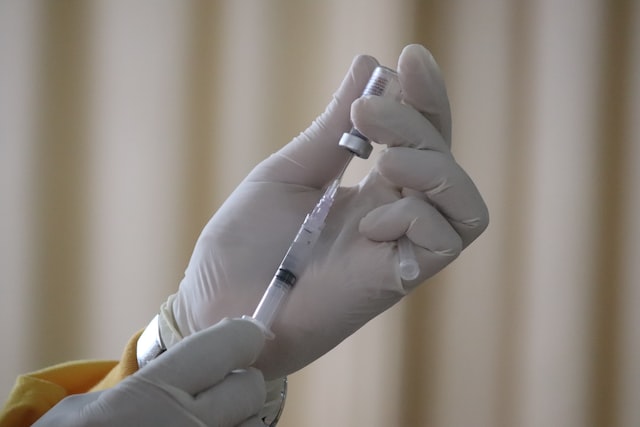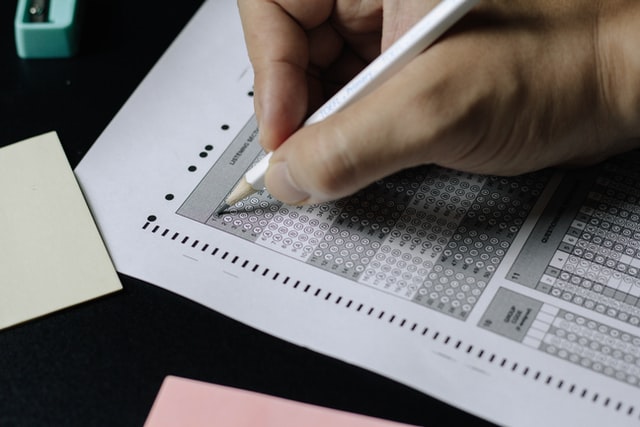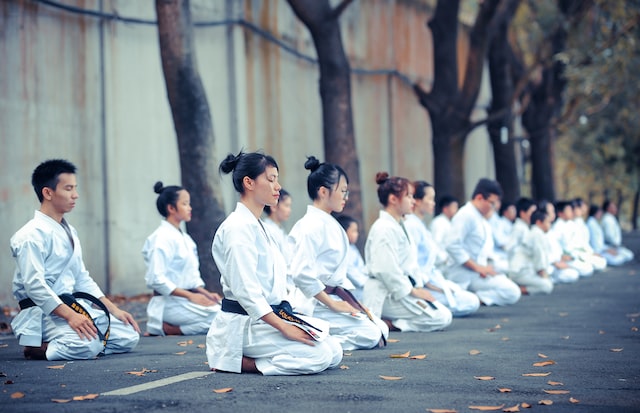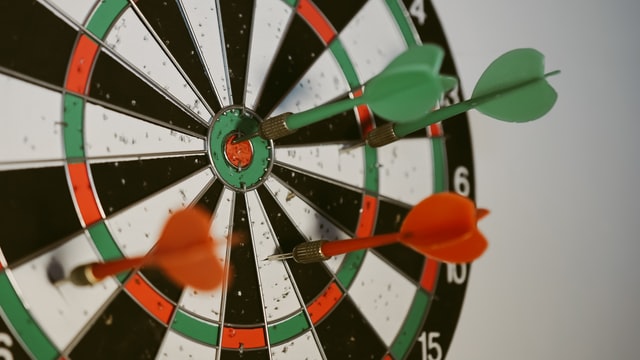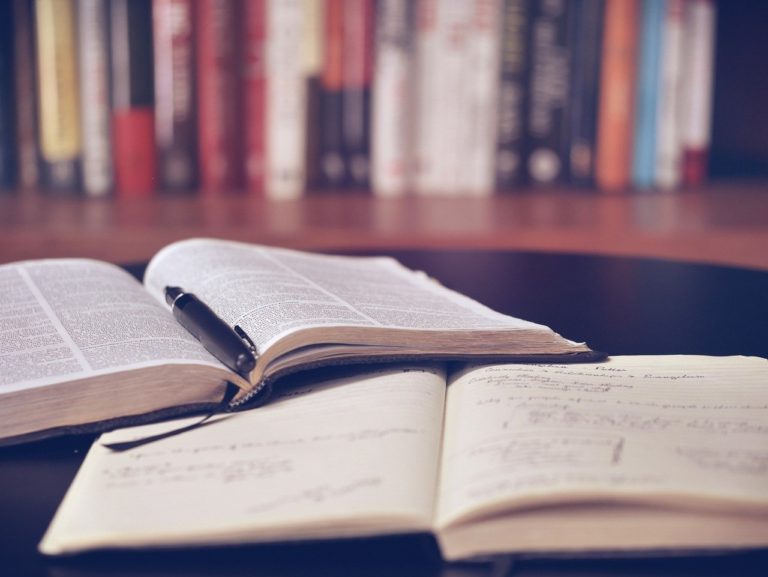How to study immunology & helpful resources
Immunology was a major topic covered in my most recent term (term 3). So here are some guiding tips on how to study immunology along with some great study resources.
1. When do we start studying immunology?
At SGU, we start learning the fundamentals of immunology in term 3.
We have almost one lecture every day on immunology for the entire 6 weeks of the term. So there’s a lot to cover, and the material shows up on both the midterm and final exams.
We continue to build on immunology in term 4, since it’s at the core of understanding pathology. After all, when the body’s immune system doesn’t work correctly, this can lead to disease (pathology).
2. How to study immunology?
There are a lot of details to memorize in immunology. Especially for in-house exams. But if you can understand the big concepts first, it becomes easier to learn the details.
Here are some of the big concepts to understand when studying immunology.
A. Recognize immune cells and their functions
When trying to figure out how to study immunology, it’s helpful to first understand the different limbs of the immune system, the cells involved and each of their functions.
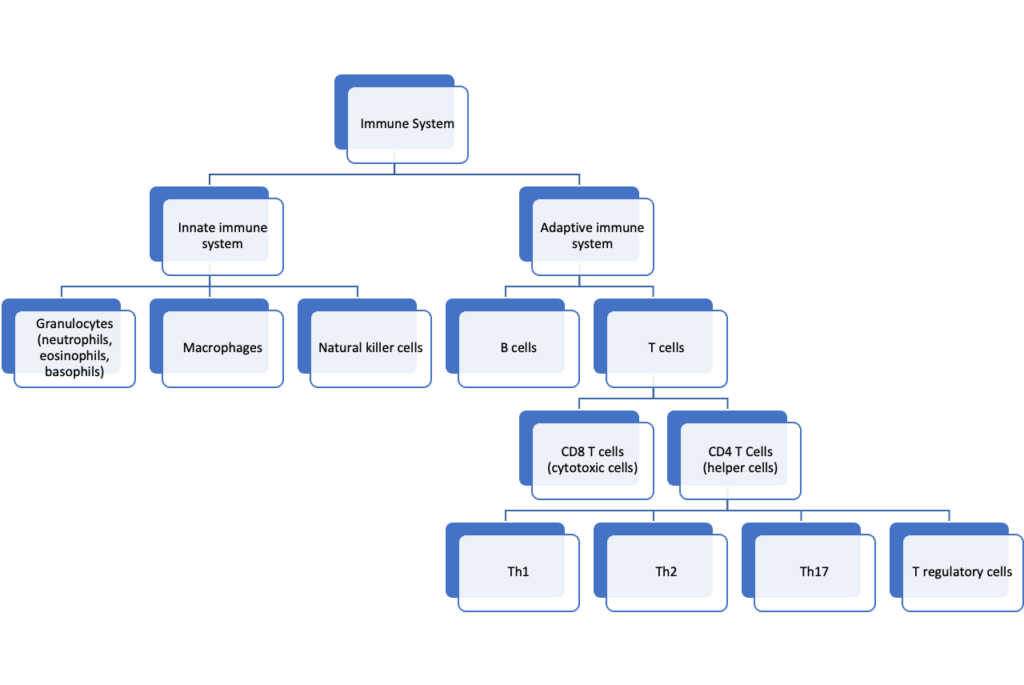
Innate immune system cells
The primary cells in the innate immune system are granulocytes (neutrophils, eosinophils, basophils), macrophages and natural killer cells.
These are the first cells to respond when there’s infection or tissue damage and they play an important role in the inflammatory process.
Adaptive immune system cells
In the adaptive immune system, the 2 main categories of cells are the B cells and T cells.
B cells
The primary function of B cells is to make antibodies which help get rid of invading pathogens. They also form memory cells so the body can respond faster the next time it’s infected.
There are various subtypes of B cells but we didn’t learn about them in much detail.
T cell and their subtypes
However, we did learn a lot about the subtypes of T cells. They are first sub-divided into cytotoxic T cells (CD8) and helper T cells (CD4).
CD8 Cytotoxic T cells
The primary function of CD8 T cells is to kill cancerous cells or cells infected with viruses.
CD4 Helper T cells
On the other hand, CD4 T cells help activate T and B cells and amplify the immune response.
The CD4 helper T cells are further divided into Th1, Th2, Th17, and regulatory T cells.
Th1 cells play an important role in cell-mediated immunity by recruiting and activating macrophages and CD8 T cells.
Th2 cells play an important role in humoral immunity by stimulating B cells to make different types of antibodies. They also activate eosinophils (from the innate immune system).
Th17 cells help activate neutrophils and fight against extracellular bacteria and fungi.
And regulatory T cells help make sure the immune system doesn’t get out of hand. They down-regulate the inflammatory process and prevent auto-immunity.
B. Know the chemical mediators
When studying immunology, it’s really important to know the chemical mediators.
They are messengers that allow different cells to communicate with each other. And the specific name for chemical messengers in the immune system is cytokines.
Interleukins are a type of cytokine. They’re important for helping T and B cells grow and differentiate into various subtypes of cells.
For example, interleukin 12 (IL-12) and interferon gamma stimulate T cells to become Th1 cells. In turn, Th1 cells make IL-2 which activates other T cells. Th1 cells also make interferon gamma which activates macrophages. The macrophages then make IL-12 which helps activate even more Th1 cells. Eventually, these cells can form a granuloma to wall off the invading organism.
On the other hand, IL-2 and IL-4 stimulate T cells to differentiate into Th2 cells. Th2 cells secrete IL-4 and IL-5 which stimulate B cells to make antibodies IgE and IgA, respectively. IL-4 also helps to activate eosinophils.
Essentially, the cytokines can dictate the type of response that is used by the immune system.
C. Understand the process of cell activation
Another tip on how to study immunology is to understand the process of B and T cell activation.
B cell activation
B cell activation can be T cell-independent or T cell-dependent.
T-cell independent activation
T cell-independent activation occurs when an antigen binds to the receptors on the B cells. The binding causes conformational changes in the receptors which activate the B cells.
This only occurs with certain types of antigens, like lipopolysaccharide which is found in gram negative bacteria. Ties back to what we learned in microbiology and why it’s important to know the unique morphology of different pathogens.
T-cell dependent activation
Other antigens that bind to B cell receptors are not enough to activate the B cells. In this case, they need help from T cells to become activated. Hence the name T cell-dependent activation.
The first signal for B cell activation is binding between MHC II (which is on the B cell) with T-cell receptor and CD4.
The second signal is binding between CD40L on the T cell with CD40 receptor on the B cell.
Then there is release of various interleukins which help the B cells differentiate and tell them what antibodies to make.
T cell activation
T cells require 2 signals to become activated, which is similar to T-cell dependent B cell activation.
The first signal is the binding of T cell receptor to MHC complex on the antigen presenting cell. (The antigen presenting cells are macrophages, dendritic cells, and B cells.)
The second signal is binding between CD28 on the T cell to B7 on the antigen presenting cell.
Then cytokines are released which tell the T cell to become different types of T cells.
D. Understand how different parts are connected
The final tip on how to study immunology is to understand the relationships between the different parts of the immune system.
For example, how are the innate and adaptive immune systems connected? One way they’re connected is via Th2 cells (adaptive system) which can activate eosinophils (innate system). This relationship is important for allergic reactions.
Another way they’re connected is via Th1 cells (adaptive) which can activate macrophages (innate). This relationship plays a role in forming granulomas which are seen in chronic inflammation.
3. Helpful resources for studying immunology
One of my favourite resources for immunology was Frank Lectures. They have great animations and explanations. Their videos help simplify multi-step processes, like those of cell development and cell activation. And I like that their videos are short so they’re easy to get through. Their immunology playlist is thorough and covers practically every topic we learned in term 3.
Another amazing resource was Pixorize Immunology. Their sketches are really helpful in remembering the details. Like the function of all the different immune cells and which cytokines activate which cells and antibodies.
Final thoughts
Overall, I really enjoyed immunology. There was a lot to learn but it was my favourite topic in term 3. I liked the progression of the course and how the material built up. I enjoyed the interconnectedness of the different components. And I really liked our prof (Dr. Ramos was amazing).
How has your experience been with immunology?
-M
Want updates on the latest posts? Email theislandmedonline@gmail.com or complete this form to join the email list today!
